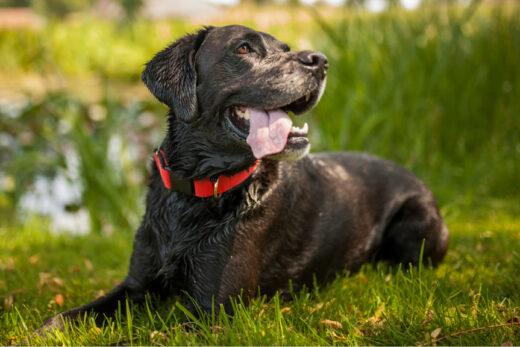
There are many benefits to dog harnesses . Not only can they help deter dogs from pulling on the leash, but they will also reduce the strain on a dog’s trachea when pulling. Plus, when a harness fits correctly, it is less likely than a collar to slip off of your dog, making them a safe accessory for dog walks.
Most dogs will adapt quickly to wearing a harness as long as it doesn’t impede their range of motion, which is why it’s vital to fit a harness correctly!
If you’re considering adding a dog harness to your collection of dog walking gear, read on to learn which harnesses are best for each size of dog, how a harness can benefit your dog, how to fit a harness properly, and tips for putting on a dog harness for the first time!
Finding the Right Harness
When it comes to selecting a harness, it’s most important to consider the fit and the purpose. Some harnesses slip over a dog’s head while others are step-in harnesses. While both styles are perfectly effective, some dogs dislike having anything put on over their heads. If this applies to your dog, opt for a step-in harness.
If you’re looking for the best harness for a dog that pulls, look for a harness with a leash attachment point on the chest. Thanks to this attachment point, the dog will be automatically drawn to one side and directed back toward you when they strain against the leash.
Is it better to use a harness or a collar?
The fit of a harness also reduces the pressure on your pup’s throat and trachea, making it safer which is why many opt for a harness vs. a collar.
There are also considerations to make for the dog harness style depending on your dog’s size.





